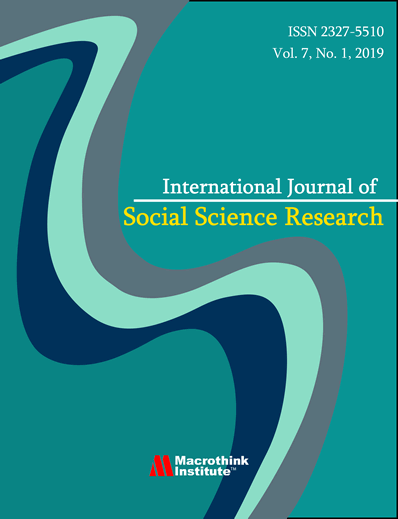Factors Affecting Family Size: A Study on Narail District, Bangladesh
DOI:
https://doi.org/10.5296/ijssr.v11i1.20287Abstract
Family size in a respective community relies on different socio-economic and cultural factors. This study examines the determinants of family size in the Narail district of Bangladesh. The samples of 100 respondents were selected through simple random sampling and interviewed with a semi-structured interview schedule. The bivariate analyses were performed using chi-square and correlation tests to explore the possible association between family size and selected covariates. The OLS (Ordinary Least Square) model was considered to know the marginal effects of independent variables. Results show that more than half of the households (54.2% to be exact) were small (had four or fewer members) in size. Besides, age, family income, educational status, number of living children, number of desired children, sex preferences, contraceptive use, family planning and residence were linked with the size of the family (p < .005) as potential socio-economic and cultural factors. In addition, the age at first marriage and religion has no impact on specifying the family size.

